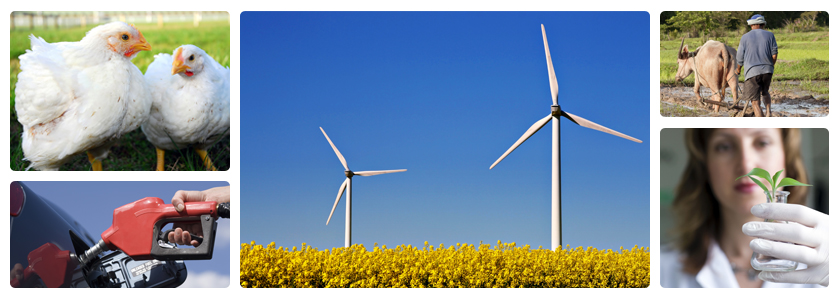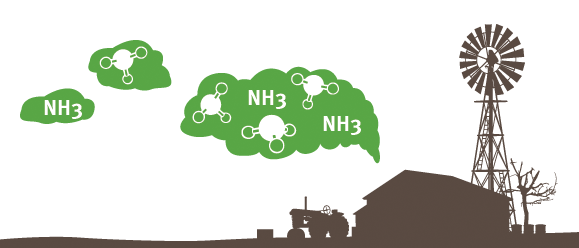Broiler producers are under increasing pressure from consumers and regulators to reduce their impact on the environment. Nitrogen is one of the major environmental pollutants of concern. Consumed by the animal as protein a proportion is used for growth and metabolism and the remainder enters the environment in manure where it is converted into environmentally damaging compounds, like ammonia, nitrous oxide and nitrate. Such emissions contribute to acidification, global warming and eutrophication. Adding a protease enzyme such as RONOZYME® ProAct to broiler diets can help reduce production of these substances by improving utilization of nitrogen in feed. RONOZYME® ProAct is a heat-stable mono-component protease that complements the activity of the animals own digestive enzymes such as pepsin and pancreatic proteases. The purpose of this calculator is to quantify and help visualize the environmental benefits achievable when RONOZYME® ProAct is added to broiler diets.
This application is published by or on behalf of DSM Nutritional Products Ltd, Wurmisweg 576, CH-4303 Kaiseraugst, Switzerland.
By downloading or otherwise accessing the application you agree to be bound by the terms and conditions of the End User
License Agreement for Applications of DSM Nutritional Products Ltd, which can be accessed via the link below. If you do not agree to the terms and conditions you will not be able to proceed with the use of the application.
Sustainability is DSM’s core value - driving economic prosperity, environmental progress and social advances to create sustainable value for stakeholders. To find out more about DSM’s commitment to sustainability or to find out more about RONOZYME ProAct and how it can help improve environmental sustainability whilst also helping improve the economic sustainability of the broiler industry please explore or download the attached documents.
Sustainability downloads |
 |
b. FCR inputkg feed/kg liveweight
–Ronozyme ProAct
+Ronozyme ProAct
FCR
|
c. Protein content inputkg/ton feed
–Ronozyme ProAct
+Ronozyme ProAct
Protein
|
a. Production of broilers per yearbroilers/year
|
b. Average broiler live weightkg/broiler
|
c. Are you able to use manure as fertiliser |
|
The ammonia production saving per year is
The saving in output of manure nitrogen per year is
The saving in area of land required to dispose of all manure produced is
The number of extra broilers which can be grown each year without need for extra land is
The saving in greenhouse gas emissions per year is
|

|
|
The ammonia production saving per year would be
The saving in output of manure nitrogen per year would be
The saving in area of land required to dispose of all manure produced would be
The number of extra broilers which can be grown each year without need for extra land would be
The saving in greenhouse gas emissions per year would be
|

|